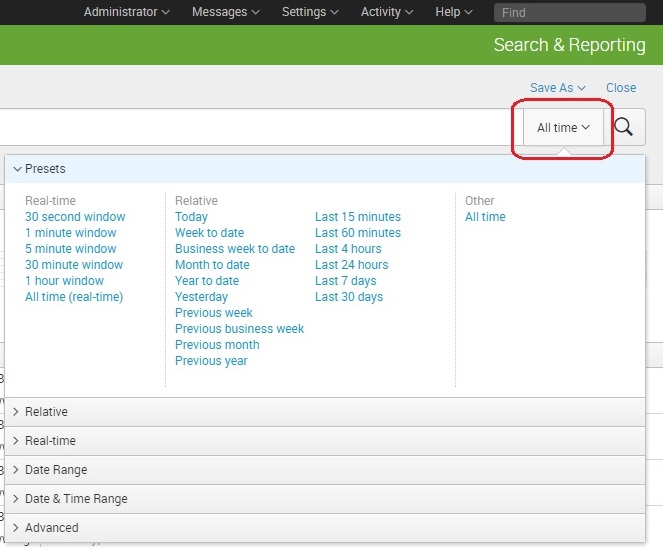


Splunk transaction time series#
Use 3600, the number of seconds in an hour, to create a series of hours. With the count field, you can create different dates in the _time field, using the eval command.

Include the streamstats command to count your results: To add a timestamp to the events, use the eval command with the now() time modifier. You can use the repeat dataset function to create a series of results to test your search syntax. However, you can use the first function on any field. That's useful because the _raw field contains a timestamp. The Basic example uses the _raw field to show how the first function works. The search returns the value for _raw field with the timestamp 00:15:05, which is the first event in the original list of values returned. You extend the search using the first function.
Splunk transaction time password#
Tue 00:15:05 mailsv1 sshd: Failed password for invalid user tomcat from 67.170.226.218 port 1490 ssh2įri 00:15:05 mailsv1 sshd: Failed password for invalid user testuser from 194.8.74.23 port 3626 ssh2 | FROM main WHERE `sourcetype=secure "invalid user" "sshd"` You use the fields command to see the values in the _time, source, and _raw fields. You run the following search to locate invalid user login attempts against a specific sshd (Secure Shell Daemon).

The first seen value is the most recent instance of this field, based on the order in which the events are seen by the stats command. This event is both the chronologically earliest event and the last event in the search results. This event is chronologically the latest event in the search results. But this event is not chronologically the earliest event. This event is the first event in the search results. This table identifies which event is returned when you use the first and last event order functions, and compares them with the earliest and latest time functions. The following table lists the timestamps from a set of events returned from a search. Use the event order functions to return values from fields based on the order in which the event is processed, which is not necessarily chronological or timestamp order.įor an overview of the stats functions, seeĬhronological and timestamp order distinction


 0 kommentar(er)
0 kommentar(er)
